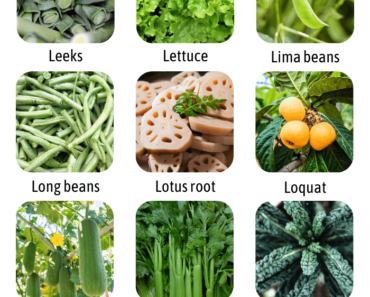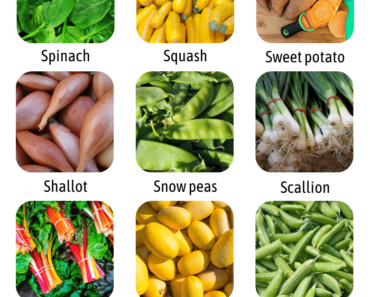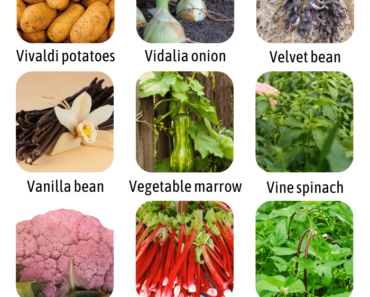List of Vegetables With W

Vegetables are a natural source of phytonutrients, which can help to support immune function and prevent illness. Below is the list of vegetables that start with w.
Popular Vegetables That Start With W
- Watercress
- Winter Squash
- Winged Beans
- Winged Bean
- Wild Leek
- Wheatgrass
- Welsh Onion
- Watercress
- Water Spinach
- Water Chestnut
- Water Caltrop
- Wasabi Root
- Wasabi
All Vegetables That Start With W
- Wa wa cabbage
- Waimate sweet corn
- Wakame seaweed
- Wakkerstroom onion
- Walcheren winter lettuce
- Waldmann’s green lettuce
- Walla Walla onion
- Walnut lettuce
- Waltham butternut squash
- Wan Shoukong cucumber
- Wandoo tomato
- Wando pea
- Wangenheim cabbage
- Warabi
- Warba potato
- Ward’s Romaine lettuce
- Ware onion
- Warner cauliflower
- Warner lettuce
- Wasabi
- Wasata Bok choy
- Watercress
- Watermelon
- Wax beans
- Wax gourd
- Wax pepper
- Wee bee little pumpkin
- Weeping blue atlas cedar shoots
- Wegberg onion
- Weisnicht’s Ukrainian tomato
- Welsh bunching onion
- Welsh onion
- Wenatchee onion
- Wendell Simpson cherry tomato
- Wendo pea
- Wendy lettuce
- Werder white lettuce
- West Indian burr gherkin
- West Indian gherkin
- West Indian pumpkin
- Westlander kale
- Westland lettuce
- Westminster cauliflower
- Westmoreland tomato
- Weston pea
- Westphalian onion
- Westvleteren lettuce
- Westwood lettuce
- Whangaparaoa leek
- Whangarei sweet corn
- Wheal Buzzy lettuce
- Wheelers Imperial cauliflower
- White beetroot
- White Brussels sprouts
- White carrot
- White celery
- White currant tomato
- White eggplant
- White grapefruit
- White habanero pepper
- White half-runner bean
- White icicle radish
- White lady cucumber
- White Lisbon onion
- White marrowfat pea
- White mustard
- White onion
- White potato
- White pumpkin
- White ribbed Swiss chard
- White Russian kale
- White scallop squash
- White sweet Spanish onion
- White Tama maize
- White Vienna kohlrabi
- White wonder cucumber
- White wonder tomato
- White yarrow
- Whitehorse cucumber
- Whitney cauliflower
- Wichita watermelon
- Wijcik lettuce
- Wild arugula
- Wild garlic
- Wild leek
- Wild rice
- Wild rocket
- Wild spinach
- Wild tomato
- Wild watermelon
- Wildflower leek
- Willamette sweet corn
- Williamsburg sweet potato
- Willouby sweet corn
- Willow herb
- Wilson sweet corn
- Wiltshire Ripple lettuce
- Winchester lettuce
- Windstar lettuce
- Winter beetroot
- Winter density lettuce
- Winter gem lettuce
- Winter luxury pumpkin
- Winter melon
- Winter savory
- Winter squash
- Winterberg lettuce
- Wintertime lettuce
- Wisconsin Lakes lettuce
- Wisconsin SMR cucumber
- Wisconsin tomato
- Wizard radish
- Woka lettuce
- Wolf river apple tomato
- Wolfsburg
- Won bok cabbage
- Wonju cucumber
- Wood sorrel
- Wood violet
- Wood’s prolific tomato
- Woodruff
- Woolly mammoth pumpkin
- Worcester sweet corn
- World beater carrot
- Wren’s egg tomato
- Wright cucumber
- Wu hur cucumber
- Wuhan green pepper
- Wulfsberg lettuce
- Wyatt’s wonder pepper
Green Vegetables Starting With W
- Wasabi: A spicy condiment made from the root of the wasabi plant, often used in Japanese cuisine.
- Water spinach: A leafy green vegetable with a slightly bitter taste, often used in Southeast Asian cuisine.
- Water spinach leaves: The edible leaves of the water spinach plant, are often used in Southeast Asian cuisine.
- Watercress: A leafy green vegetable with a slightly peppery taste, often used in salads and as a garnish.
- Wheatgrass: A type of grass often used in juices and smoothies for its high nutritional value.
- Wild garlic: A fragrant herb with a pungent, garlicky flavor, often used in Mediterranean cuisine.
- Wild leeks: A type of onion with a mild, sweet flavor, often used in salads and as a garnish.
- Wild onion leaves: The edible leaves of the wild onion plant, are often used in salads and as a garnish.
- Wild rocket: A leafy green vegetable with a slightly bitter, slightly peppery taste, often used in salads and as a garnish.
- Wintergreen: A fragrant herb with a sweet, minty flavor, often used in desserts and as a garnish.
- Wood ear mushrooms: A type of mushroom with a slightly crunchy texture, often used in Chinese cuisine.
- Wood sorrel: A leafy green vegetable with a slightly sour, lemony taste, often used in salads and as a garnish.
- Wormwood: A fragrant herb with a slightly bitter taste, often used in liqueurs and as a seasoning.
10 Common Vegetables Beginning with W (Definitions and Pictures)
Watercress

Watercress is a leafy green vegetable that is rich in vitamins and minerals. It has a peppery flavor and is often used in salads, soups, and sandwiches. Watercress is also a good source of antioxidants and has been linked to a reduced risk of certain types of cancer.
White Radish
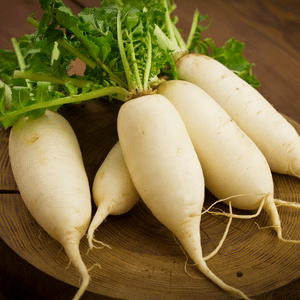
White radish, also known as daikon radish, is a root vegetable that is commonly used in Asian cuisine. It has a mild, slightly sweet flavor and a crisp texture. White radish can be eaten raw or cooked, and it is often used in salads, pickles, and soups.
Wax Gourd

Wax gourd, also known as winter melon, is a large, oblong-shaped vegetable that is commonly used in Chinese cuisine. It has a pale green, waxy skin, and sweet, juicy flesh. Wax gourd can be cooked in a variety of ways, including boiling, frying, or baking, and it is often used in soups and stews.
Wakame
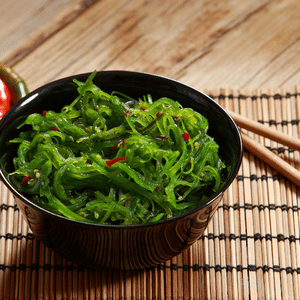
Wakame is a type of seaweed that is commonly used in Japanese cuisine. It has a slightly sweet flavor and a chewy texture. Wakame is often used in soups and salads, and it is a good source of vitamins and minerals.
Wild Leek
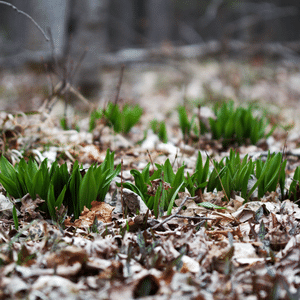
Wild leek, also known as ramps, is a type of wild onion that is native to North America. It has a strong, onion-like flavor and is often used in soups, sauces, and salads. Wild leeks are only available for a short period in the spring, and they are highly prized by chefs and food enthusiasts.
Winged Bean

The winged bean, also known as the Goa bean, is a tropical vegetable that is commonly used in Southeast Asian cuisine. It has a crisp texture and a slightly nutty flavor. Winged bean can be eaten raw or cooked, and it is often used in salads, stir-fries, and curries.
Wasabi
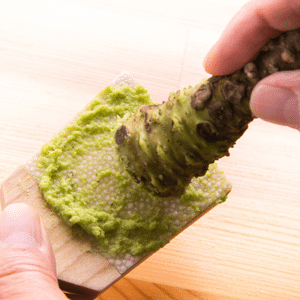
Wasabi is a pungent root vegetable that is commonly used in Japanese cuisine. It has a strong, spicy flavor and is often used as a condiment for sushi and sashimi. Wasabi is also used in sauces and marinades, and it has been shown to have antimicrobial properties.
Wild Asparagus
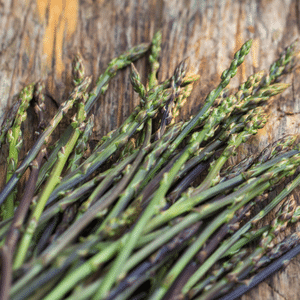
Wild asparagus, also known as Asparagus racemosus, is a type of asparagus that is native to India. It has a slightly bitter flavor and is often used in Ayurvedic medicine to treat a variety of ailments. Wild asparagus can also be cooked and eaten as a vegetable.
White Asparagus
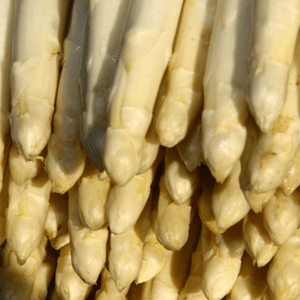
White asparagus is a type of asparagus that is grown underground to prevent exposure to sunlight. It has a milder flavor than green asparagus and a slightly firmer texture. White asparagus is often served as a delicacy in European cuisine, and it is typically cooked and served with butter or hollandaise sauce.
Winter Squash
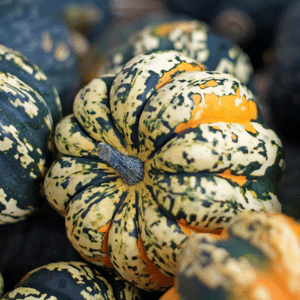
Winter squash is a group of vegetables that includes varieties such as butternut squash, acorn squash, and spaghetti squash. They have a sweet, nutty flavor and a dense, firm texture. Winter squash can be roasted, baked, or boiled, and it is often used in soups, stews, and casseroles. They are a good source of vitamins and minerals, and they are often associated with fall and winter cooking.
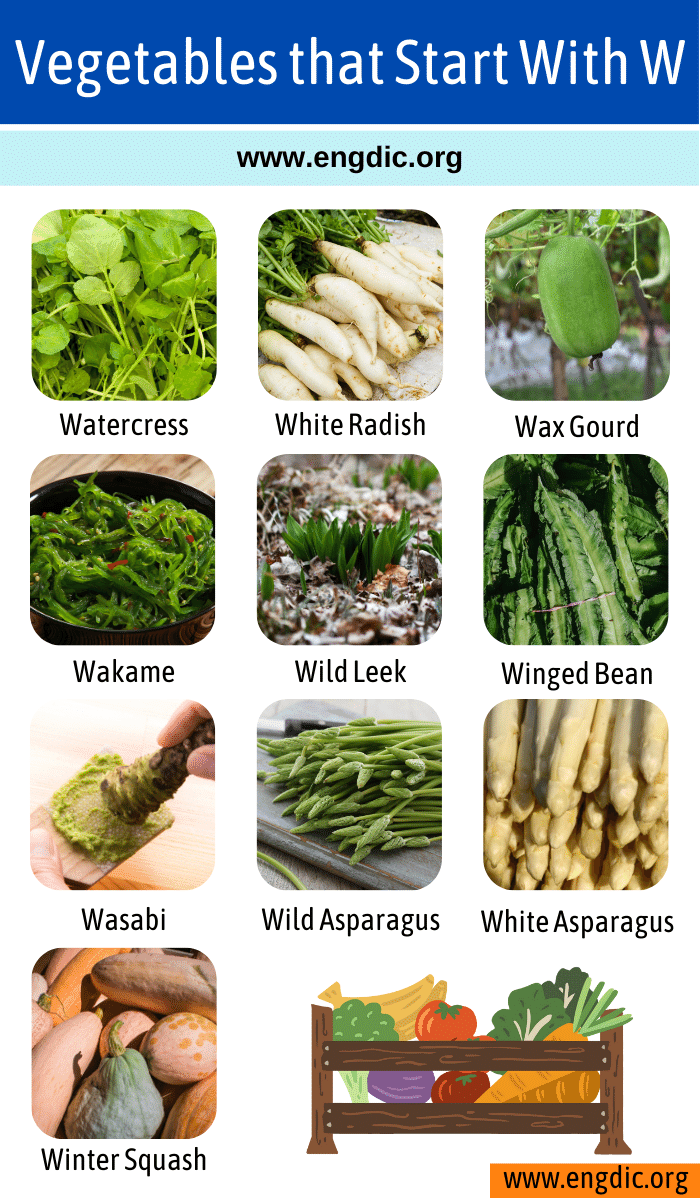
Explore other vegetables starting with:
A – B – C – D – E – F – G – H – I – J – K – L – M – N – O – P – Q – R – S – T – U – V – W – X – Y – Z




